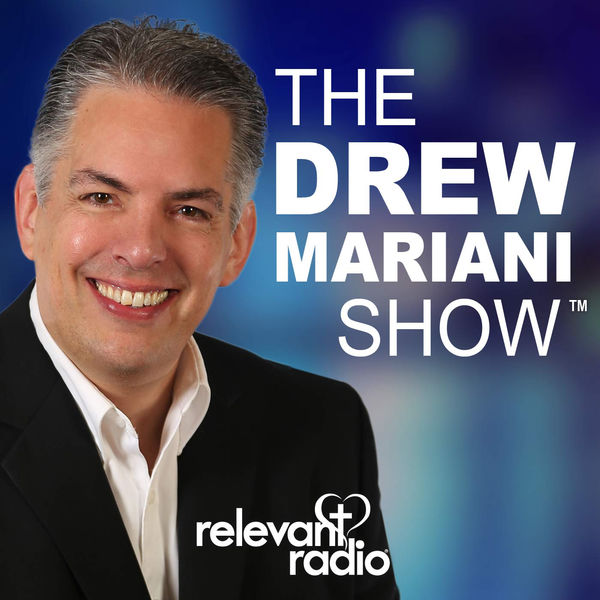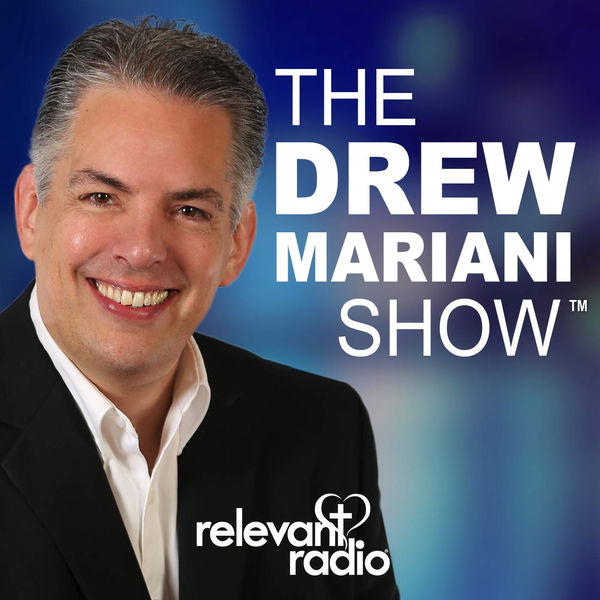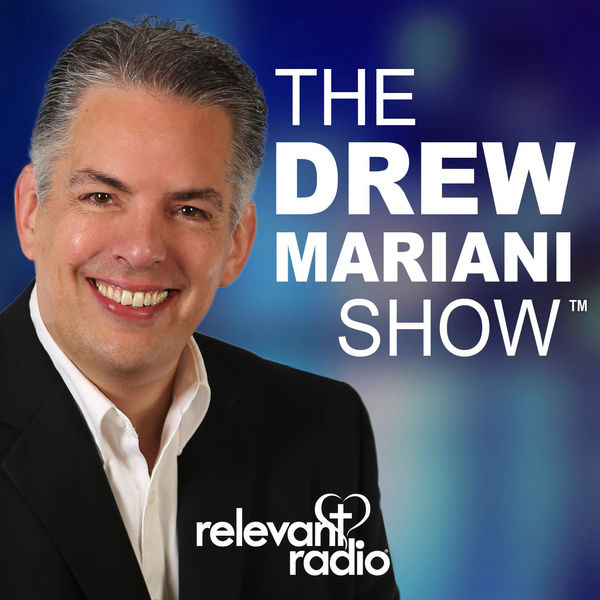Sweetamine and the Corona Virus
It seems no one is talking about anything else these days besides the corona virus pandemic, and you may be wondering what that does or doesn’t have to do with sweetamine.
In fact, there is reason to believe that there is an important connection. You have no doubt heard that among the most vulnerable are those who are “immunocompromised”, and you might not even be sure what that means. It means those who may be on anti-inflammatory steroids (e.g., asthmatics and transplant patients), those with HIV infection, and those taking biologic medications (“MABS”, eg, Humira) for inflammation-related conditions such as rheumatoid arthritis.
But in my opinion, people who are glycine-deficient (which includes most people) are also immunocompromised in a very fundamental way. Of course, immunity is about the body’s ability to fight infection, and the key role of glycine is to prevent the immune system’s overreaction to infection or inappropriate reaction to non-infectious injury. In fact, sometimes what makes infections (e.g., influenza) really dangerous is the excess inflammation that develops in response to the virus or other infectious agent. That’s why steroids may be given to fight the potentially life-threatening inflammation that can develop in the lungs with the flu.
In my own experience, I had a classic case of shingles in 2015. Shingles is caused by a re-emergence of the chickenpox virus later in life, and typically involves a very painful and often debilitating rash. My case was classic (in the words of my neurologist who confirmed the diagnosis), except there was no pain at all. Of course, I had been taking my sweetamine every day!
An even more common example is gingivitis. Like many others, I used to have it. So my gums would often bleed if I brushed my teeth too vigorously, and I could not even floss without bleeding. Whenever my teeth were professionally cleaned at my dentist’s office, it was invariably a painful and bloody affair. But not anymore, once on daily sweetamine for some weeks. Of course, gingivitis is blamed on all those bacteria that live in our gums. But why should they cause gingivitis? After all, they are just the bacteria that form part of our “microbiome”; all the good bacteria that live in our digestive tract.
So what sweetamine can do is support a healthy functioning immune system; to prevent you from being immunocompromised in an important way. Will that prevent you from getting a corona virus infection? Not likely; after all, I still got shingles. But a healthy immune system that is not glycine deficient may make the difference between an illness that is a minor nuisance and one that can become life-threatening.
No drug claims here, of course: Sweetamine does not contain any drugs of any kind. But it can only help to keep your immune system as healthy as possible.
Joel Brind, PhD
President and CEO
Natural Food Science, LLC

 Dr. Steve Falconer, a longtime sweetamine customer and physician from Wisconsin, enjoying his sweetamine in 2019, before the COVID pandemic. Recently, he has been racking up many cases in which he has used sweetamine to get patients through a COVID infection without hospitalization (including himself!), and he has also demonstrated how sweetamine helps post-COVID patients--young and old--regain all their strength rapidly with sweetamine: sometimes overnight!
Dr. Steve Falconer, a longtime sweetamine customer and physician from Wisconsin, enjoying his sweetamine in 2019, before the COVID pandemic. Recently, he has been racking up many cases in which he has used sweetamine to get patients through a COVID infection without hospitalization (including himself!), and he has also demonstrated how sweetamine helps post-COVID patients--young and old--regain all their strength rapidly with sweetamine: sometimes overnight!.jpg)

 Letter published at British Medical Journal (BMJ) blog by Dr. Joel Brind, responding to the clinical review published in the British Medical Journal (BMJ2018) titled:
Letter published at British Medical Journal (BMJ) blog by Dr. Joel Brind, responding to the clinical review published in the British Medical Journal (BMJ2018) titled: Drew Mariani of Relevant Radio interviewed Dr. Joel Brind to discuss the results of a research study showing the role of inflammation in heart disease. May 24, 2018. Listen to their informative discussion
Drew Mariani of Relevant Radio interviewed Dr. Joel Brind to discuss the results of a research study showing the role of inflammation in heart disease. May 24, 2018. Listen to their informative discussion  Letter published in British Medical Journal (BMJ) blog, by Dr. Joel Brind, responding to the clinical review titled:
Letter published in British Medical Journal (BMJ) blog, by Dr. Joel Brind, responding to the clinical review titled: Drew Mariani of Relevant Radio interviewed Dr. Joel Brind on recent research findings connecting inflammation to disease development. Learn about how glycine works to regulate inflammation at the cellular level, March 1, 2018. Listen to their interview in these two-part podcast.
Drew Mariani of Relevant Radio interviewed Dr. Joel Brind on recent research findings connecting inflammation to disease development. Learn about how glycine works to regulate inflammation at the cellular level, March 1, 2018. Listen to their interview in these two-part podcast.  Letter published at the British Medical Journal (BMJ) by Dr. Joel Brind responding to research article on factors influencing cancer risk.
Letter published at the British Medical Journal (BMJ) by Dr. Joel Brind responding to research article on factors influencing cancer risk.